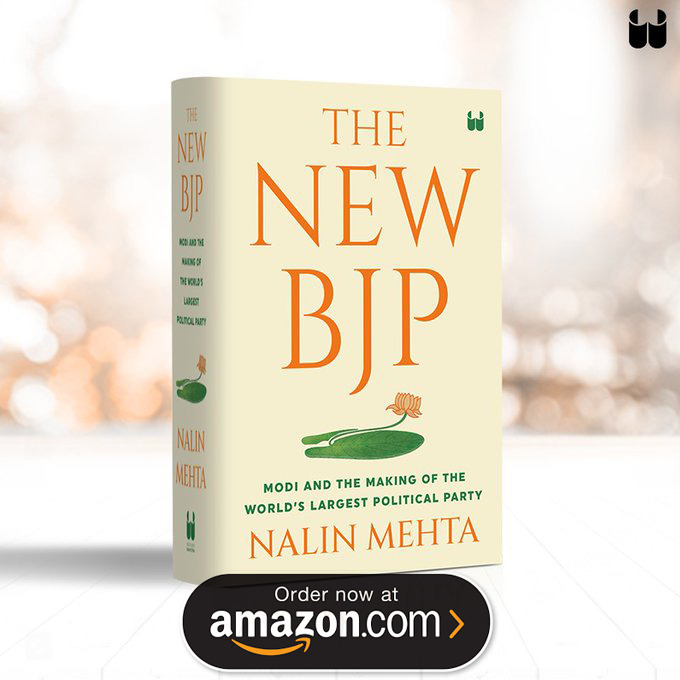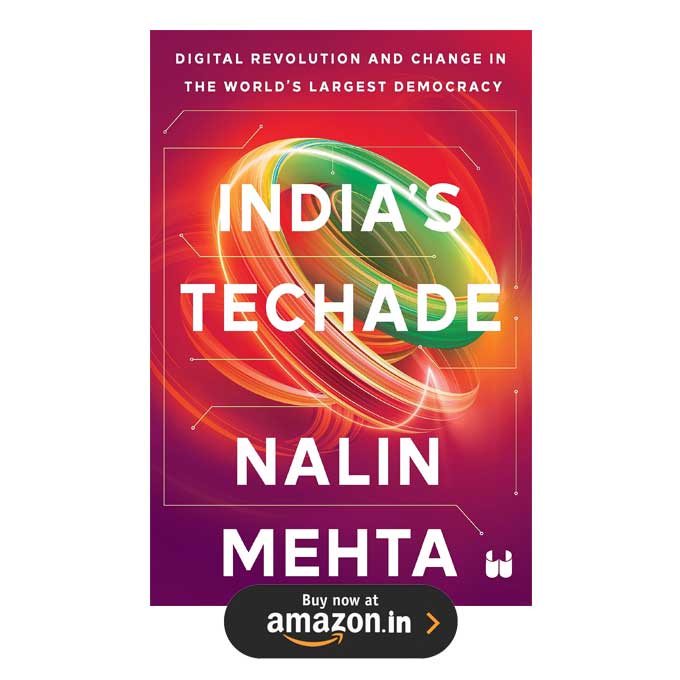Chief election commissioner Nasim Zaidi calls it the “mother of all elections”. For once, the Bihar poll justifies the hyperbole. The road to Indraprastha passed through Pataliputra for Narendra Modi. This is why he devoted so much attention to Bihar (second only to UP) in 2014, with about 30 rallies, delivering 31 of its 40 Lok Sabha seats to NDA. The sustenance of his political aura as India’s primary vote-catcher and his government’s ability to take risks at the Centre will also hinge on the verdict in Patna.
This is why the PM has been fastest off the block in Bihar with four mega rallies so far, a massive financial package and biting diatribes at the opposing RJD-JDU-Congress ‘maha-gathbandhan’.
The first thing the unlikely combination of Lalu Yadav and CM Nitish Kumar — the man Lalu once contemptuously referred to as “aisa koi nahi saga jisko usne nahi thaga” (there’s no one dear whom he has not cheated) — has achieved is to make the BJP the central pole of this campaign. For a party that won only 16.4% of the popular vote in the 2010 assembly election (JDU had 22.5% and RJD 18.8%), this is a singular achievement, whatever the final result.
In that sense, the BJP today in Bihar is like the Congress of yore, powered by the upper castes and appealing to those at the very bottom of the caste pyramid, while uniting an unlikely grand alliance which otherwise has little in common. The children of Lohia who were once united by anti-Congressism, are united now by anti-BJPism.
Second, though caste is the cliché that has often defined Bihar, the ground beneath its complex political arithmetic has shifted. Bihari women voters, who make up 46.6% of the electorate, have not only outnumbered male voters in recent elections, they are also increasingly voting differently from men. Both Modi, who first perfected the political tactic of focusing on women through mahila sammelans in Gujarat, and Nitish, who pioneered cycles for girl students and 35% reservation for women in Bihar police, understand this well. Women voters may well decide the future of Bihar and in a traditionally patriarchal society, their ascendance can be particularly game-changing.
Third, the battle for Bihar at one level is turning into a contest between the Modi model of development and the Nitish model of good governance. This is where the chief minister, like a figure from some Shakespearean tragedy, runs the risk of becoming a victim of his own early successes. His government notched up unprecedented growth rates initially, but it tapered off to 9.9% in 2013-14, even if it remained the second-highest among poor states, after MP.
Bihar remains the most rural state in India, with 88% households in villages. This is where the aspirations unleashed in his early years as CM can come back to bite Nitish. As many as 98% of rural homes don’t have toilets and agricultural growth in 2013-14 was as low as -6.18%. Industrial growth, starting from a low base, has fluctuated between 3.12% in 2011-12 to 0.95% in 2012-13 and 11.87% in 2013-14. Even though rural electrification has been one of the great untold stories of Bihar in the last two years, rural employment remains a problem.
Both Modi, as the challenger party, and Nitish, as the incumbent, talk of development but the latter clearly has a messaging problem. At the Gandhi Maidan rally last month, the CM’s focus on governance and power reforms was immediately blurred by Lalu who signalled a return to 1990s-style Mandal politics and the aggressive language of “ek kee chaatee pe teen-teen” (three taking on the might of one). While the RJD-JDU-Congress alliance may have the caste numbers on paper, it rests uneasy under the weight of its own contradictions and blunts the message of good governance.
Fourth, at a deeper level, this election raises serious questions for the politics of secularism and social justice. Lalu’s rise in the 1990s was a paradigm shift because it overturned structures of upper-caste dominance, but failed to deliver anything thereafter. Caste-based sloganeering of self-respect and righting historical wrongs is a powerful mobilizer but an empty one if it doesn’t lead to anything concrete. As psephologist Yogendra Yadav has pointed out, secularism may have to be saved from its political guardians if it is only to be used as a catch-all phrase for political expediency.
Whether it is LJP’s Ram Vilas Paswan who switched over to the BJP’s side last year, or Lalu who once symbolized ‘jungle raj’, or Nitish who remained a minister in Vajpayee’s government in 2002 and only broke off his alliance with BJP in 2013, nobody in Bihar’s electoral cauldron can claim the moral high ground.
The battle for Bihar is a test case for larger battles kickstarted by the BJP’s replacement of Congress as the primary pole of Indian politics. Which way it swings matters to us all, not just to Bihar.

